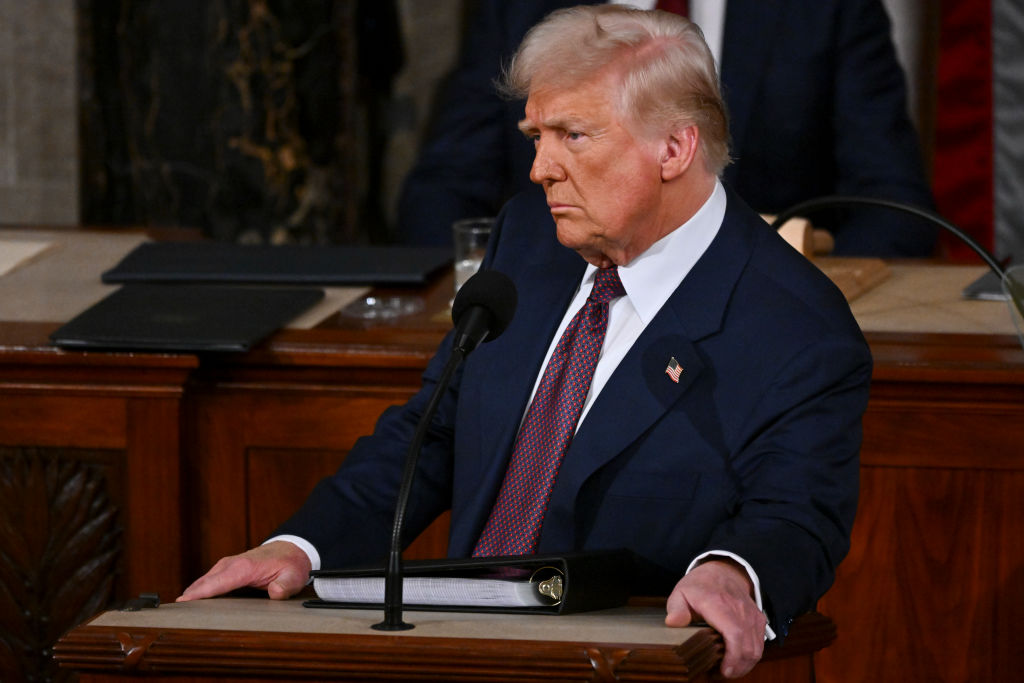Fund Basics: Diversify Your Portfolio
You'll get stability and the probability that at least one of your funds will be up no matter what the market's doing.
Depending on which money manager you talk to, it takes from 20 to 30 stocks to create a portfolio that's truly diversified. But if you hold that many stocks, you should be keeping tabs on each and every one by following earnings and revenue reports as well as news that could send investors scurrying for the exits.
That's why most beginning investors are better off investing in mutual funds and leaving stock picking to the pros. Fund managers make it their full-time job to track stocks and build in diversification—spreading the risk so all the holdings don't go up and down at the same time. But just because you own a few funds doesn't mean you're automatically diversified.
Mix it up with style
To understand diversification, you need to know that funds have a specific focus, what's referred to as investing "style"—large-company growth, for instance, or small-company value. Style is a loose description of what types of companies the fund manager looks for. Large-cap growth funds should own stocks of big companies that have the potential to grow year after year. Small-cap value funds, on the other hand, look for small companies that are selling for less than what market analysts think they're worth.
From just $107.88 $24.99 for Kiplinger Personal Finance
Become a smarter, better informed investor. Subscribe from just $107.88 $24.99, plus get up to 4 Special Issues

Sign up for Kiplinger’s Free Newsletters
Profit and prosper with the best of expert advice on investing, taxes, retirement, personal finance and more - straight to your e-mail.
Profit and prosper with the best of expert advice - straight to your e-mail.
The best way to get a diversified portfolio is to make sure you have your hand in a little bit of each style. Consider owning at least five funds, each representing the major styles: large-cap growth, large-cap value, small-cap growth, small-cap value—plus an international fund. Investors nearing retirement or who expect to need income might want to add a balanced fund, which has more income-producing securities.
Fund styles fall in and out of favor almost as abruptly as women's fashion, especially when the markets are in transition and you don't know which way they're going to go. If you diversify, you can benefit no matter which direction the market is going without playing the losing game of trying to time the market. In a volatile market, for example, which style is in vogue is likely to shift without warning.
Avoid overkill
Fund managers like to emulate the investing strategies of successful peers, so it's easy to unwittingly own too much of a sector or stock even though you've invested in more than one fund. The easiest way to avoid overlap is to pick funds that stay true to their style. Kiplinger lists each fund's style in our Fund Finder. Another quick way to gauge fund style is to log on to Morningstar.com and type in the fund symbol, then scroll down to the style box. If you typed in JANSX, the symbol for Janus Fund, for example, you'd see that it invests in large companies with growth potential and has most all of its assets in stocks.
Profit and prosper with the best of Kiplinger's advice on investing, taxes, retirement, personal finance and much more. Delivered daily. Enter your email in the box and click Sign Me Up.
-
 Stocks Struggle Ahead of November Jobs Report: Stock Market Today
Stocks Struggle Ahead of November Jobs Report: Stock Market TodayOracle and Broadcom continued to fall, while market participants looked ahead to Tuesday's jobs report.
-
 7 Dr. Seuss Quotes Retirees Should Live By
7 Dr. Seuss Quotes Retirees Should Live ByYou're off to great places! Why Dr. Seuss is the retirement guru you didn't know you needed.
-
 Fed's Rate Cuts Could Have Impacts You Might Not Anticipate
Fed's Rate Cuts Could Have Impacts You Might Not AnticipateUnderstanding how lower interest rates could impact your wallet can help you determine the right financial moves to make.
-
 What to Expect from the Global Economy in 2026
What to Expect from the Global Economy in 2026The Kiplinger Letter Economic growth across the globe will be highly uneven, with some major economies accelerating while others hit the brakes.
-
 Shoppers Hit the Brakes on EV Purchases After Tax Credits Expire
Shoppers Hit the Brakes on EV Purchases After Tax Credits ExpireThe Letter Electric cars are here to stay, but they'll have to compete harder to get shoppers interested without the federal tax credit.
-
 The Economy on a Knife's Edge
The Economy on a Knife's EdgeThe Letter GDP is growing, but employers have all but stopped hiring as they watch how the trade war plays out.
-
 Banks Are Sounding the Alarm About Stablecoins
Banks Are Sounding the Alarm About StablecoinsThe Kiplinger Letter The banking industry says stablecoins could have a negative impact on lending.
-
 Japan Enters a New Era of Risk and Reform
Japan Enters a New Era of Risk and ReformThe Kiplinger Letter Japan has entered a pivotal moment in its economic history, undertaking ambitious policy and structural reforms to escape from decades of stagnation.
-
 After Years of Stagnant Growth, Hope Emerges for EU Economy
After Years of Stagnant Growth, Hope Emerges for EU EconomyThe Kiplinger Letter Can a German fiscal push outweigh French political peril?
-
 The Most Tax-Friendly States for Investing in 2025 (Hint: There Are Two)
The Most Tax-Friendly States for Investing in 2025 (Hint: There Are Two)State Taxes Living in one of these places could lower your 2025 investment taxes — especially if you invest in real estate.
-
 Trump's Economic Intervention
Trump's Economic InterventionThe Kiplinger Letter What to Make of Washington's Increasingly Hands-On Approach to Big Business